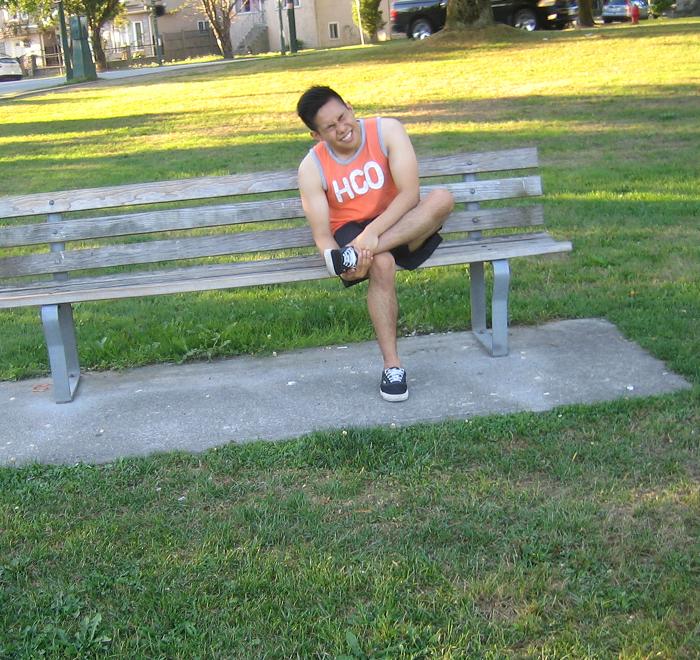A bunion is defined as a deformity of the joint at the base of your largest toe, while the scientific community refers to this as hallux valgus. The first way that most people realize that they have a bunion is when they notice that their big toe may point towards the other toes on the same foot. Other symptoms that people have include:
- Feeling a bump on the outside of the food
- Pain in the joint, the joint may also swell on the foot
- The skin may be hard, red or callused where the bunion is
- It can become difficult to find shoes that fit the foot
A bunion is defined as a deformity of the joint at the base of your largest toe, while the scientific community refers to this as hallux valgus.
If a bunion is not treated, the foot will become worse. That is why it is recommended that a person see their doctor as soon as they show signs of having this issue.
Causes
In reality, the causes of bunions have not been scientifically proven. But, it is known that these tend to run in families. Other causes that many people lean towards include:
- Wearing shoes that do not fit properly
- Having joints that are flexible
- Those who have rheumatoid arthritis or gout may have these bunions worse
Symptoms
Look for a bony, skeletal bump on the foot at the bottom of the large toe. Occasionally hard-edged skin or a lump covers the bunion.
There’s often inflammation, rawness, unusual sensitivity, or discomfort at the bottom of the large toe and in the base of the foot. Ultimately, the affected region becomes warm when you touch it.
Treatment for a bunion
When it comes to treating bunions, most professionals start with those non-surgical treatments. These options are:
- Utilizing pain killers for pain
- Using insoles to help with wearing shoes
- Using bunion pads
In cases in which the bunion does not respond to anything that is being done, surgery is the next option. The surgery type is going to depend upon other medical conditions, age, the symptoms that you have and the like.
What happens if there is no treatment?
There are several complications that can arise if you were to leave your bunion untreated and simply hope for the best. Most commonly, the complication that results is damage to the joints and pain that is nonstop. This is when surgery is used, but there is a small chance that a person can have complications from the surgery. This usually only occurs in less than 10% of cases, but these complications can include:
- Stiff toe joints
- Bone may not heal or be delayed in healing
- Pain in the ball of the foot
- Nerve damage in the foot
- Swelling and pain that is continuous
- Need more surgeries to correct complications
Related Video
FACT CHECK
https://orthoinfo.aaos.org/en/diseases–conditions/bunions/
https://www.webmd.com/skin-problems-and-treatments/ss/slideshow-about-bunions
https://www.mayoclinic.org/diseases-conditions/bunions/symptoms-causes/syc-20354799

